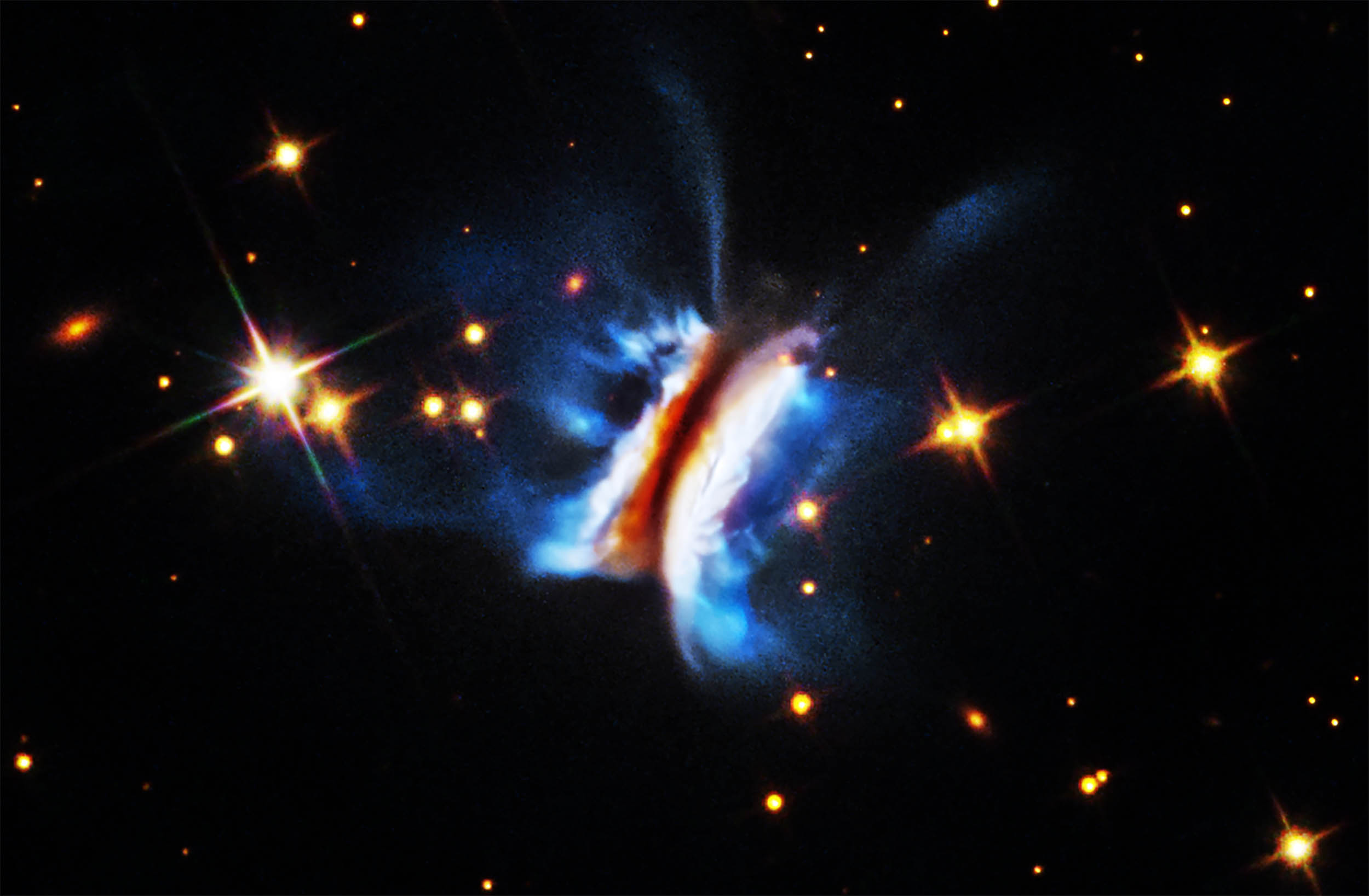INDIANAPOLIS (AP) — Sarah Strong scored 15 points, Azzi Fudd added 13 and No. 1 UConn extended its winning streak to 29 games with a 94-47 victory over Butler on Sunday.
UConn (13-0, 4-0 Big East Conference), the defending national champion,…

INDIANAPOLIS (AP) — Sarah Strong scored 15 points, Azzi Fudd added 13 and No. 1 UConn extended its winning streak to 29 games with a 94-47 victory over Butler on Sunday.
UConn (13-0, 4-0 Big East Conference), the defending national champion,…

SAN ANTONIO – Baptist Health System’s parent company, Tenet Healthcare, is in an ongoing contract dispute with insurance provider Cigna.
Should the two sides be unable to reach terms before the Dec. 31 deadline, Baptist Health said 1.4 million Texas families that use Tenet facilities and providers could face higher costs or disruptions in their healthcare.
As tensions flare between two companies during a dispute, you may get messages that seem scary.
Experts say it is important to remain calm and remember that these are often negotiation tactics.
Here are steps you can follow to prepare if a contract dispute extends beyond its negotiating deadline, from the Centers for Medicare & Medicaid Services:
Not every health insurance plan is included in a coverage dispute.
Should the dispute between Cigna and Baptist Health extend past Dec. 31, patients should call both their companies to confirm whether they are impacted.
Some questions you can ask include:
Is (name of your doctor or location) now considered out-of-network for my insurance plan?
I have an appointment on (specific date). Will this be considered in-network or out-of-network?
Will in-network rates be honored for patients who were already in active treatment?
Do you offer payment plans, discounts or financial assistance if my premiums go up?
Be sure to take note of who you spoke with and the date and time of the call, in case you need to reference it with another representative.
Health insurance plans sometimes offer continuity-of-care or transition-of care policies for when a contracted provider treating certain conditions is no longer considered in-network.
Those impacted should ask their provider if they are eligible for continuing care. If so, ask your insurance provider the following questions:
Where can I find the forms to apply?
What is the deadline to submit this request?
How long will services be covered if granted?
Disputes usually don’t last very long, but if they do, you may consider switching care or health insurance plans.
If your care is relatively routine, you may ask your insurance provider if there are other in-network options accepting new patients.
You may also choose to enroll in a different plan through your employer or the marketplace, though you will need to ask your HR department or a marketplace representative whether you qualify for a special enrollment period.
Baptist Health System provided an interview with KSAT for this story. We will refrain from publishing statements from either side until both companies have had an opportunity to comment.
Read also:
Copyright 2025 by KSAT – All rights reserved.

Astronomers are used to neat, flat disks when they look at young stars. Most planet-forming disks behave themselves. They spin, settle, and build planets over time.
A new set of images reveals a disk so large and unruly that it has forced…

At least 13 people have been killed after a train derailed in the south of Mexico, local authorities have said.
The Mexican Navy said the train was carrying 250 people, nine of whom were crew members, when it derailed in the state of Oaxaca.
Of…

It isn’t trendy to be bullish on “The Mouse” these days, but the stock sure is a compelling buy.
IMAX (IMAX 0.13%) will find it hard to top 2025. During the year, the large-format movie theater technology company broke several of its records,…

Richard Milne’s reporting on Donald Trump’s appointment of Louisiana governor Jeff Landry as special envoy for Greenland is thorough in its recounting of events, reactions and diplomatic fallout (Report, December 24). Yet it misses a deeper,…